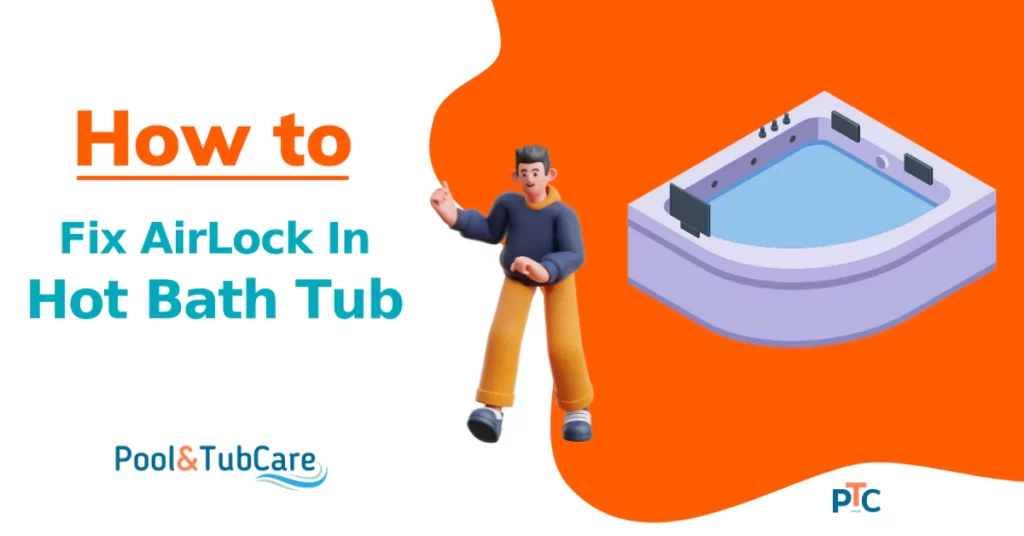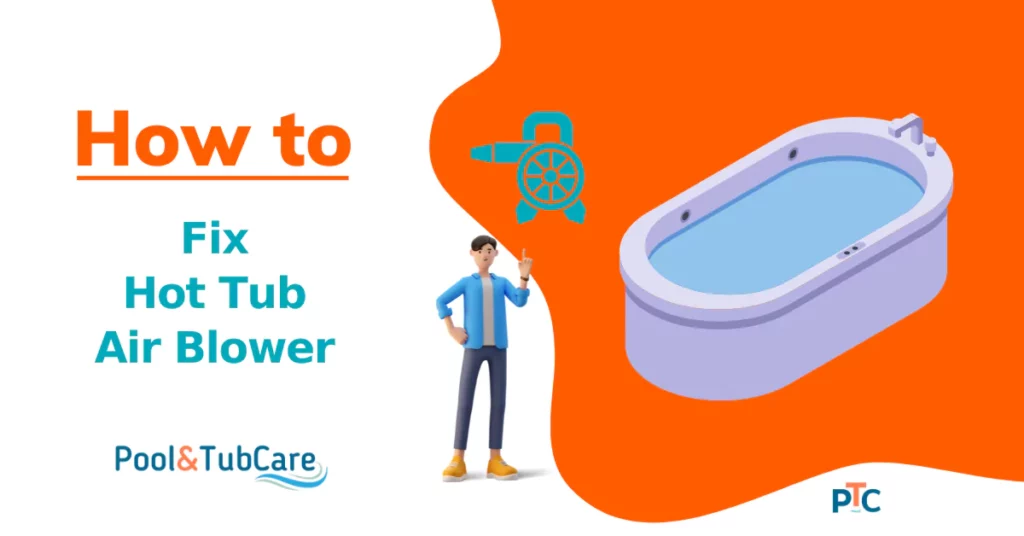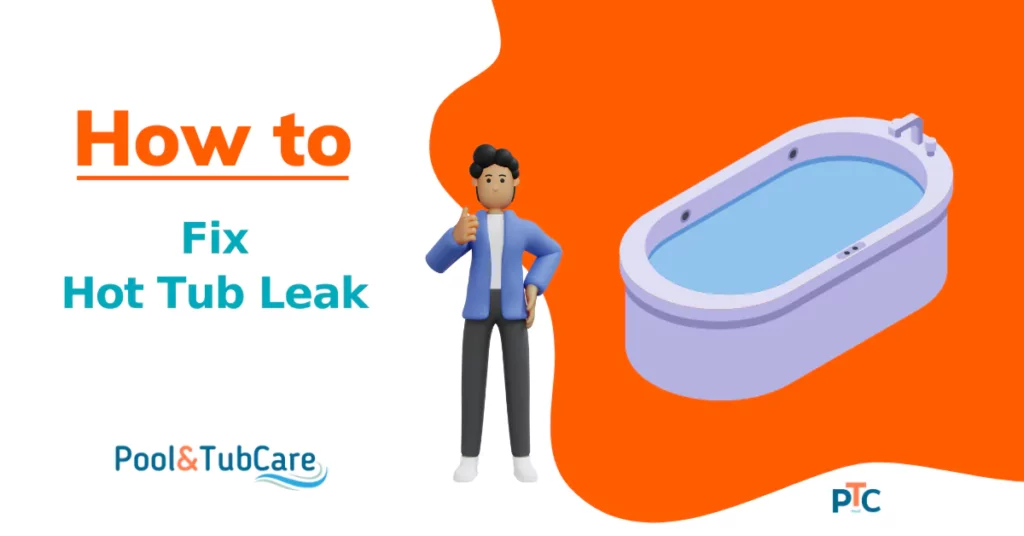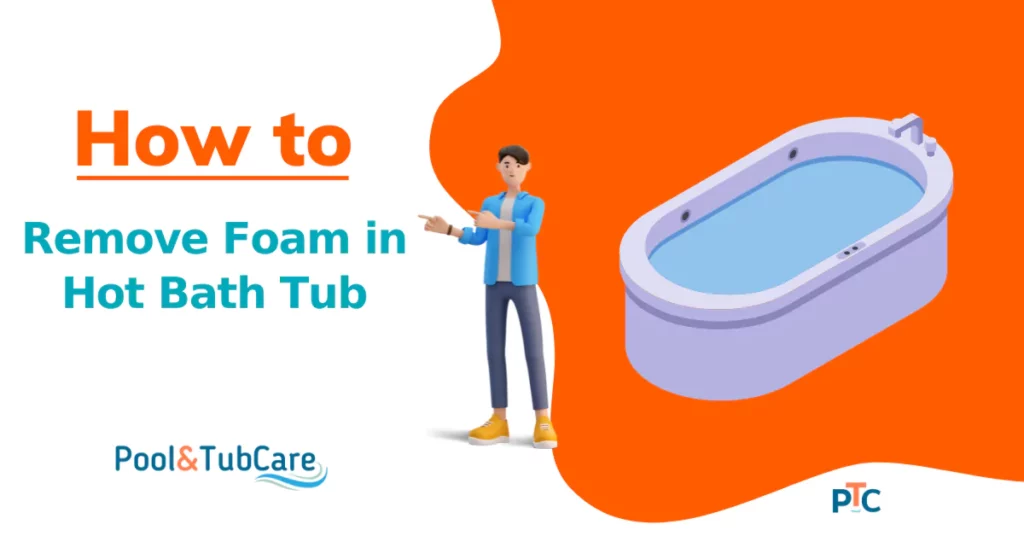If you own a hot tub, you know it’s more than just a luxury; it’s a retreat from the hustle and bustle of everyday life. But what happens when something goes wrong? Ever turned on your hot tub, expecting a soothing soak, only to find the jets barely sputter or the water doesn’t heat up?
You might be dealing with an airlock, a common but fixable issue.
An air lock occurs when air gets trapped in the plumbing of your hot tub, preventing water from flowing correctly through the jets or heater. This can make your hot tub experience less than relaxing and, if not addressed, could harm your system.
The good news? With a bit of know-how, you can fix an air lock yourself.
Understanding why air locks happen and how to prevent them is crucial for any hot tub owner. This guide aims to demystify airlocks, offering practical advice and easy steps to keep your hot tub running smoothly.
Key Takeaways
- Air locks are a common but fixable issue in hot tubs.
- Safety first: Always turn off the power before attempting any repairs.
- Manual release techniques, like loosening fittings or using bleed valves, can often resolve air locks.
- Some hot tubs have control panel settings that help clear air locks.
- When in doubt, call a professional to avoid causing further damage.
Understanding Air Locks in Hot Tubs
What Causes Air Locks?
Airlocks are a bit like the hiccups in your hot tub’s system: unexpected and a little annoying. They happen when air fills the plumbing, creating a blockage that stops water from moving through the system as it should.
But how does that air get in there in the first place?
- Maintenance and Refilling: Often, airlocks happen after you’ve drained and refilled your hot tub, which can introduce air into the system. It’s like when you pour a drink too fast and get bubbles; only these bubbles can stop your hot tub’s jets and heater from working correctly.
- Leaks or Loose Fittings: Sometimes, a small leak or a loose fitting can let air into the system, leading to an airlock. It’s less common but something to be aware of.
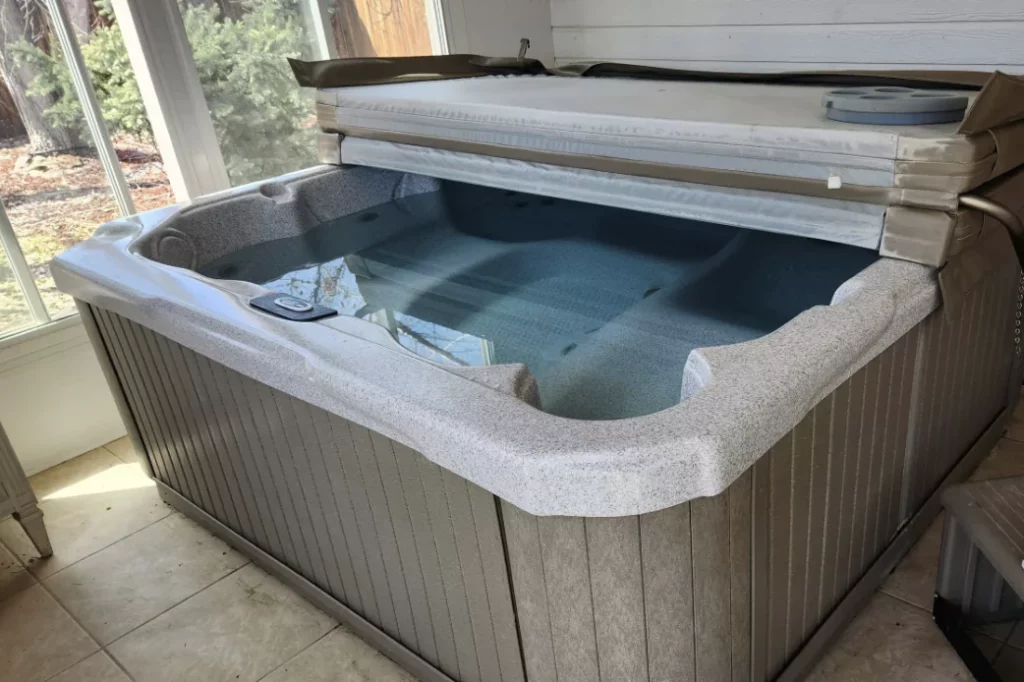
Signs You Got An AirLock
Knowing the signs of an air lock can help you catch and fix the issue early. Here are a few telltale symptoms:
- Weak Jet Flow: If your hot tub’s jets are more “meh” than “wow,” you might have an air lock.
- Non-Functional Heater: An air lock in the heater can stop your hot tub from warming up, leaving you with a chilly soak.
- Odd Noises: Sometimes, an air lock will make your hot tub’s pump make strange noises, as it struggles to move water through the trapped air.
Preventative Measures
Preventing an air lock is all about careful maintenance and knowing the right way to fill your hot tub. Here’s how:
Proper Filling Techniques
Filling your hot tub correctly is the first step in preventing air locks. Follow these steps:
- Start with the Hose in the Filter Housing: By placing your hose in the filter housing when you start filling, you help push air out of the system as it fills.
- Fill Slowly: Rushing the fill process can trap air, so take your time to let the water move through the system naturally.
- Check for Leaks: Once filled, check around for any leaks or loose fittings and tighten them up to prevent air from getting in.
Regular Maintenance Tips
Routine checks can go a long way in preventing air locks:
- Regular Inspections: Every few months, give your hot tub a thorough inspection, looking for any signs of leaks or loose fittings.
- Keep the Water Clean: Keeping your hot tub water clean and balanced can prevent issues like froth or algae that might lead to maintenance, which, in turn, can prevent air locks.
Step-by-Step Guide to Fixing an Air Lock
If you have an airlock in your hot bathtub, there is nothing to worry about. Fixing an airlock doesn’t require a degree in rocket science, but it does need a systematic approach.
Here’s how you can tackle it:
Turning Off the Power
First things first, safety. Before you do anything, turn off the power to your hot tub. This isn’t just about avoiding electric shocks; it’s also about preventing damage to the pump if it runs dry or gets overworked while you’re fixing the airlock.
- Locate your hot tub’s power supply. This could be a switch, a circuit breaker, or a plug.
- Turn off the power. If you’re unsure, turn off the main power switch or unplug it from the source.
Locating the Air Lock
Airlocks typically happen in the hot tub’s plumbing, where the air gets trapped and prevents water from flowing correctly. The usual suspects are the jets, the pump, or the heater.
- Start with the jets. Are they all failing, or just one section? This can give you a clue as to where the air lock might be.
- Check the pump and heater. If they’re struggling or not working, the air lock could be there.
Manual Release Techniques
Now, let’s get that air out of there. You have a few ways to do this, and they all involve giving the trapped air a way to escape.
- Loosen fittings: Gently loosen any unions or fittings near the pump and heater. You don’t need to take them apart, just enough to let air escape. You’ll hear it hiss out. Once water starts to trickle out, tighten the fittings back up.
- Bleed valves: Some hot tubs have bleed valves for this exact purpose. Open these valves to let the air out. Again, look for the hissing sound and wait for water to appear before closing them.
Using the Control Panel
Some modern hot tubs have settings on their control panels to help clear airlocks. This might involve running the pumps at a high speed or activating specific maintenance routines.
- Consult your hot tub’s manual to see if there are recommended settings for dealing with air locks.
- Follow the instructions to activate these settings. Sometimes, just turning the jets on high for a few minutes can force the air out.
When to Call a Professional
If you’ve tried the above steps and your hot tub is still more air than aqua, it might be time to call in the pros. Here’s when to make that call:
- If you’re not comfortable loosening fittings or don’t have the right tools.
- If the air lock persists after you’ve tried to fix it yourself.
- If you suspect the air lock has caused other issues, like damage to the pump or heater.
What to Expect from a Professional Service
A professional will have the tools and expertise to quickly diagnose and resolve the airlock. They can also check for any underlying issues that might have caused the airlock in the first place.
- Expect them to perform a thorough check of your hot tub’s plumbing.
- They might use specialized equipment to force the air out and ensure the system is fully primed.
- They can also offer advice on preventing future air locks and maintaining your hot tub.
FAQs
What is the quickest way to fix a hot tub air lock?
Loosening fittings near the pump or heater to let trapped air escape is often the quickest fix.
Can air locks damage my hot tub if left unaddressed?
Yes, they can cause your pump to run dry or overwork, leading to potential damage.
How often should I perform maintenance checks to prevent air locks?
Regular checks, especially after refilling the tub, can help prevent air locks.
Are there any hot tub models that are less prone to air locks?
Models with advanced circulation systems and automatic air purge functions tend to be less prone to air locks.
What tools do I need to fix an air lock by myself?
Basic tools like a wrench for loosening fittings, and your hot tub’s manual can be very helpful.
Final Words
Tackling an air lock in your hot tub might seem daunting, but with the right approach and a bit of patience, it’s a manageable task.
Follow this guide, and you’ll be well on your way to a fully functioning hot tub. And if you ever feel out of your depth, don’t hesitate to call a professional.
Your hot tub is a significant investment, and sometimes it’s worth getting expert help to keep it in top shape.

